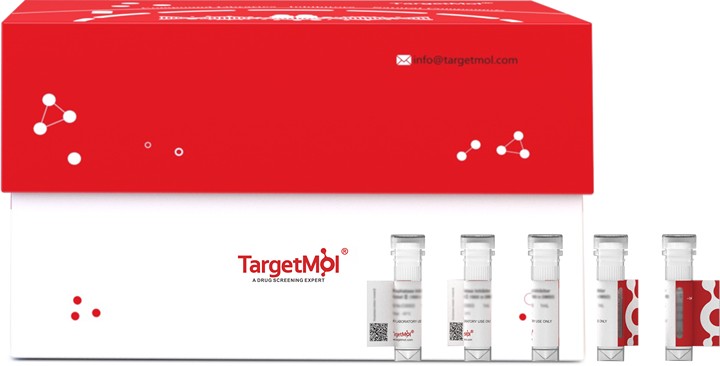Shopping Cart
- Remove All
 Your shopping cart is currently empty
Your shopping cart is currently empty

Retroviral envelope proteins mediate receptor recognition and membrane fusion during early infection. Endogenous envelope proteins may have kept, lost or modified their original function during evolution. This endogenous envelope protein has lost its original fusogenic properties.; SU mediates receptor recognition.; TM anchors the envelope heterodimer to the viral membrane through one transmembrane domain. The other hydrophobic domain, called fusion peptide, mediates fusion of the viral membrane with the target cell membrane.

| Pack Size | Price | Availability | Quantity |
|---|---|---|---|
| 20 μg | $284 | 20 days | |
| 100 μg | $590 | 20 days | |
| 1 mg | $2,530 | 20 days |
| Biological Activity | Activity has not been tested. It is theoretically active, but we cannot guarantee it. If you require protein activity, we recommend choosing the eukaryotic expression version first. |
| Description | Retroviral envelope proteins mediate receptor recognition and membrane fusion during early infection. Endogenous envelope proteins may have kept, lost or modified their original function during evolution. This endogenous envelope protein has lost its original fusogenic properties.; SU mediates receptor recognition.; TM anchors the envelope heterodimer to the viral membrane through one transmembrane domain. The other hydrophobic domain, called fusion peptide, mediates fusion of the viral membrane with the target cell membrane. |
| Species | Human |
| Expression System | E. coli |
| Tag | N-6xHis |
| Accession Number | Q69384 |
| Amino Acid | LPMPAGAAAANYTYWAYVPFPPLIRAVTWMDNPTEVYVNDSVWVPGPIDDRCPAKPEEEGMMINISIGYHYPPICLGRAPGCLMPAVQNWLVEVPTVSPICRFTYHMVSGMSLRPRVNYLQDFSYQRSLKFRPKGKPCPKEIPKESKNTEVLVWEECVANSAVILQNNEFGTIIDWAPRGQFYHNCSGQTQSCPSAQVSPAVDSDLTESLDKHKHKKLQSFYPWEWGEKGISTPRPKIVSPVSGPEHPELWRLTVASHHIRIWSGNQTLETRDRKPFYTIDLNSSLTVPLQSCVKPPYMLVVGNIVIKPDSQTITCENCRLLTCIDSTFNWQHRILLVRAREGVWIPVSMDRPWEASPSVHILTEVLKGVLNRSKRFIFTLIAVIMGLIAVTATAAVAGVALHSSVQSVNFVNDWQKNSTRLWNSQSSIDQKLANQINDLRQTVIWMGDRLMSLEHRFQLQCDWNTSDFCITPQIYNESEHHWDMVRRHLQGREDNLTLDISKLKEQIFEASKAHLNLVPGTEAIAGVADGLANLNPVTWVKT |
| Construction | 90-632 aa |
| Protein Purity | > 85% as determined by SDS-PAGE. |
| Molecular Weight | 65.5 kDa (predicted) |
| Endotoxin | < 1.0 EU/μg of the protein as determined by the LAL method. |
| Formulation | Tris-based buffer, 50% glycerol |
| Reconstitution | A Certificate of Analysis (CoA) containing reconstitution instructions is included with the products. Please refer to the CoA for detailed information. |
| Stability & Storage | Lyophilized powders can be stably stored for over 12 months, while liquid products can be stored for 6-12 months at -80°C. For reconstituted protein solutions, the solution can be stored at -20°C to -80°C for at least 3 months. Please avoid multiple freeze-thaw cycles and store products in aliquots. |
| Shipping | In general, Lyophilized powders are shipping with blue ice. Solutions are shipping with dry ice. |
| Research Background | Retroviral envelope proteins mediate receptor recognition and membrane fusion during early infection. Endogenous envelope proteins may have kept, lost or modified their original function during evolution. This endogenous envelope protein has lost its original fusogenic properties.; SU mediates receptor recognition.; TM anchors the envelope heterodimer to the viral membrane through one transmembrane domain. The other hydrophobic domain, called fusion peptide, mediates fusion of the viral membrane with the target cell membrane. |

Copyright © 2015-2025 TargetMol Chemicals Inc. All Rights Reserved.